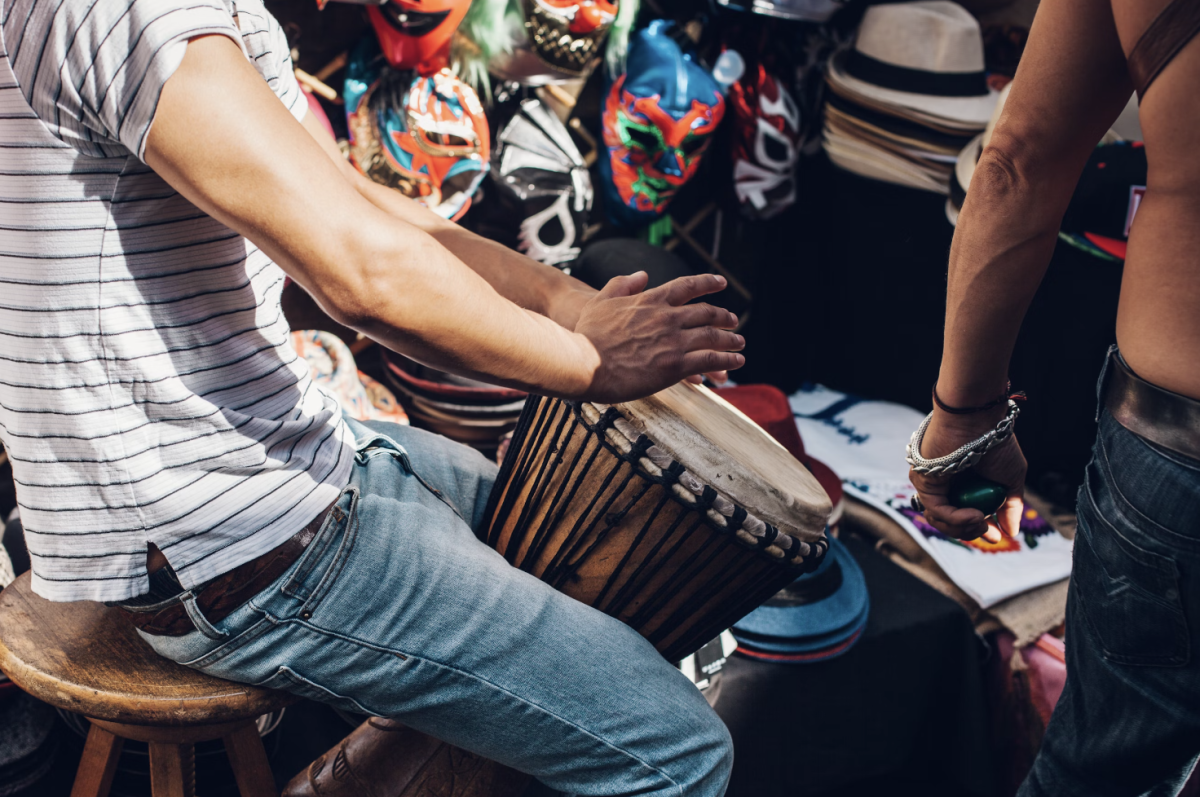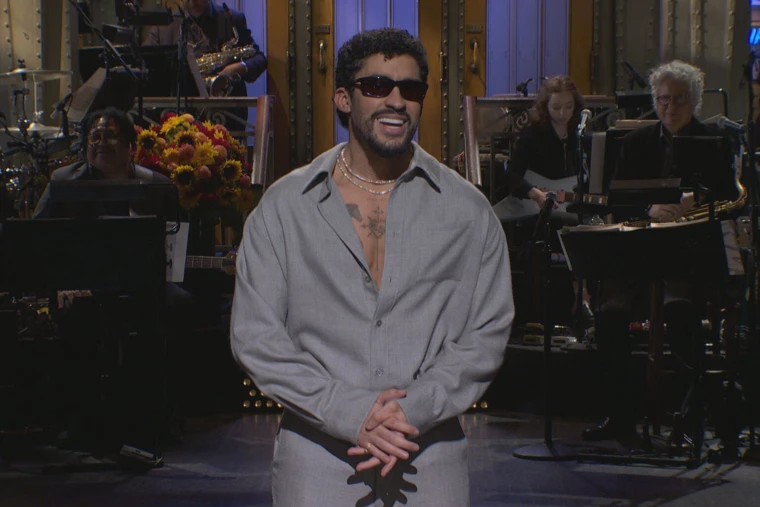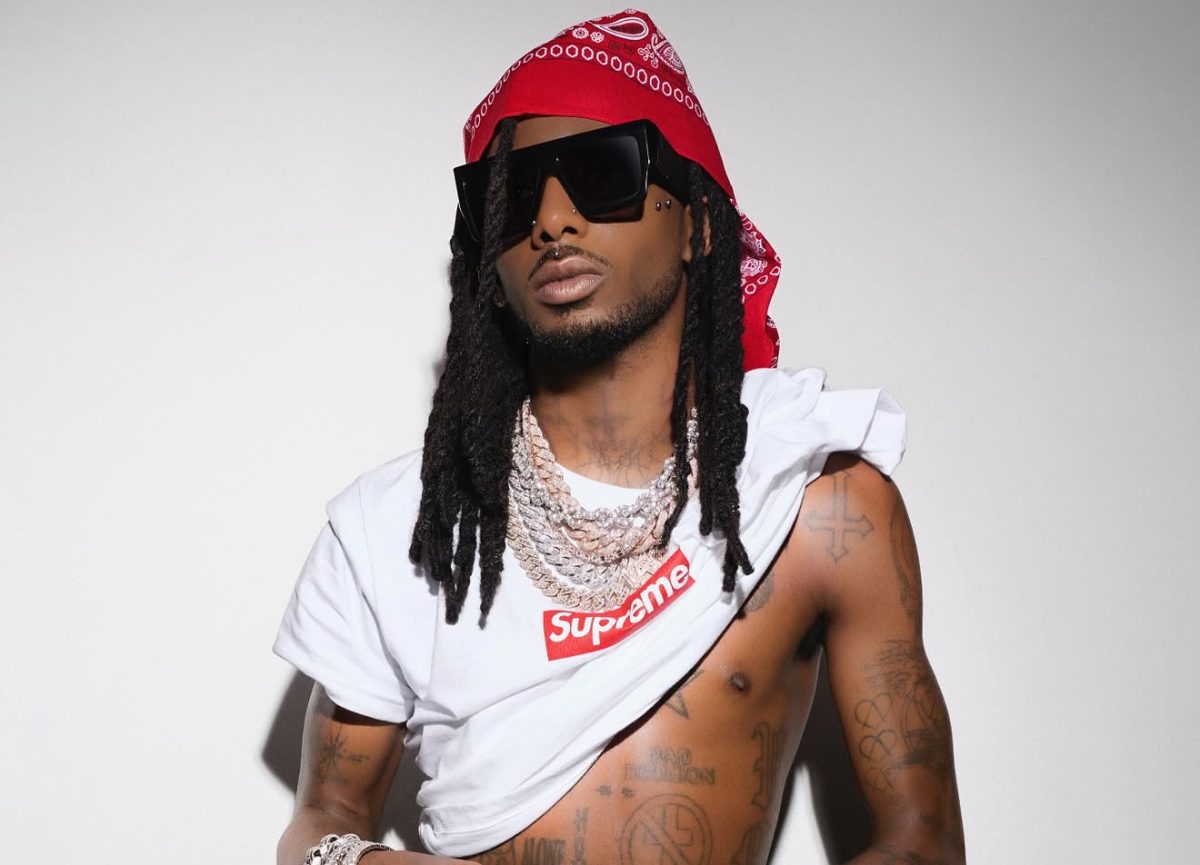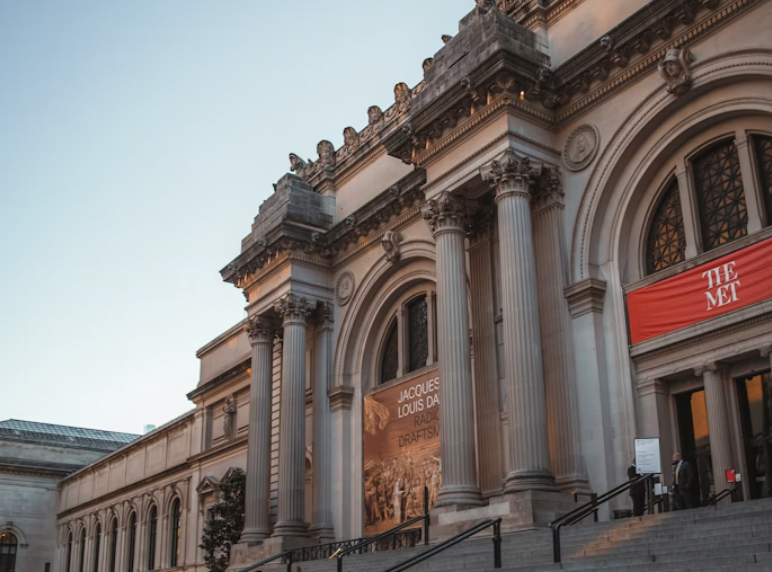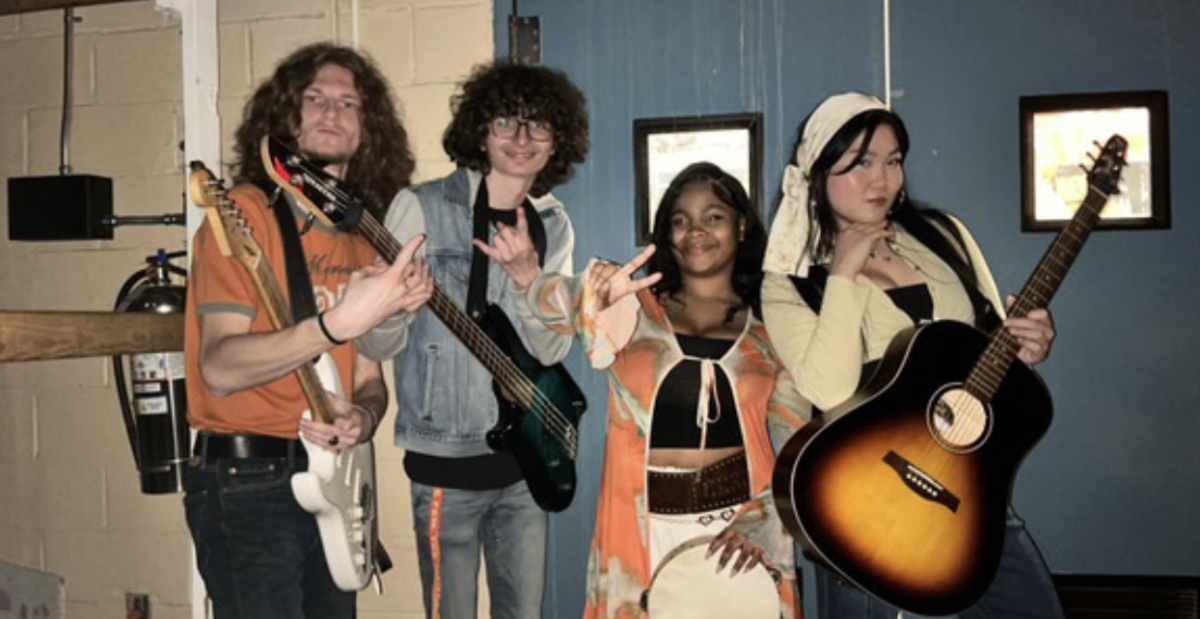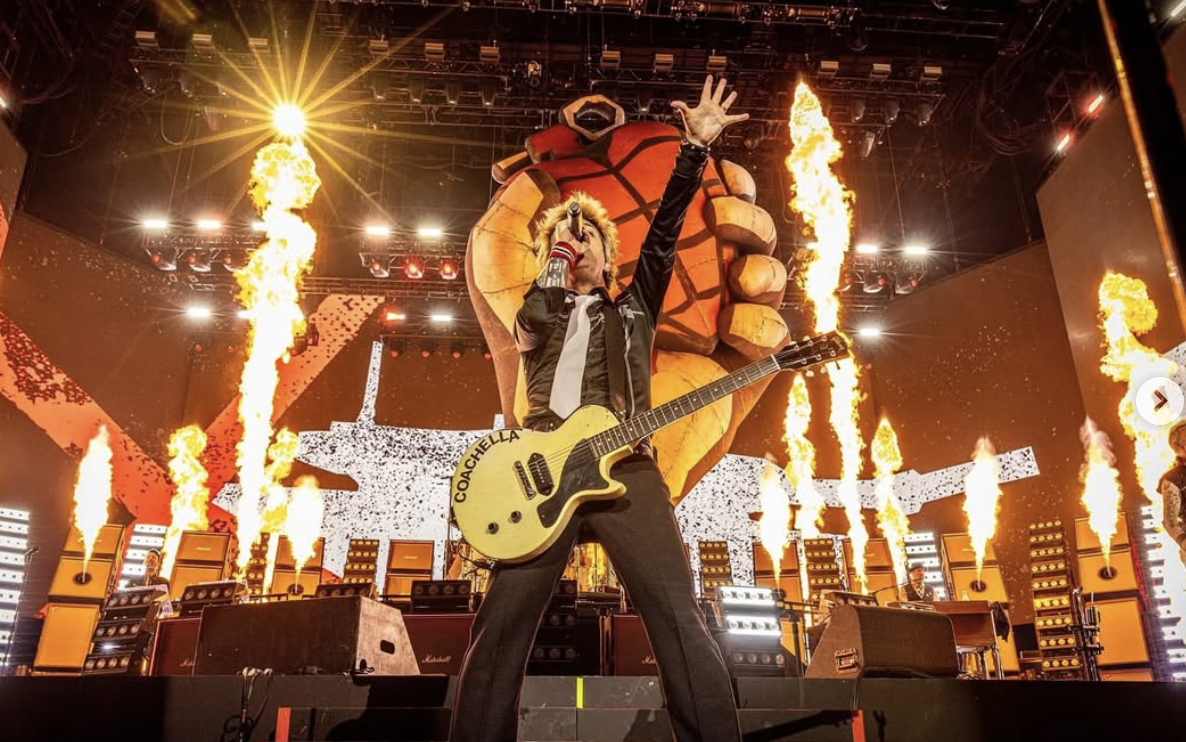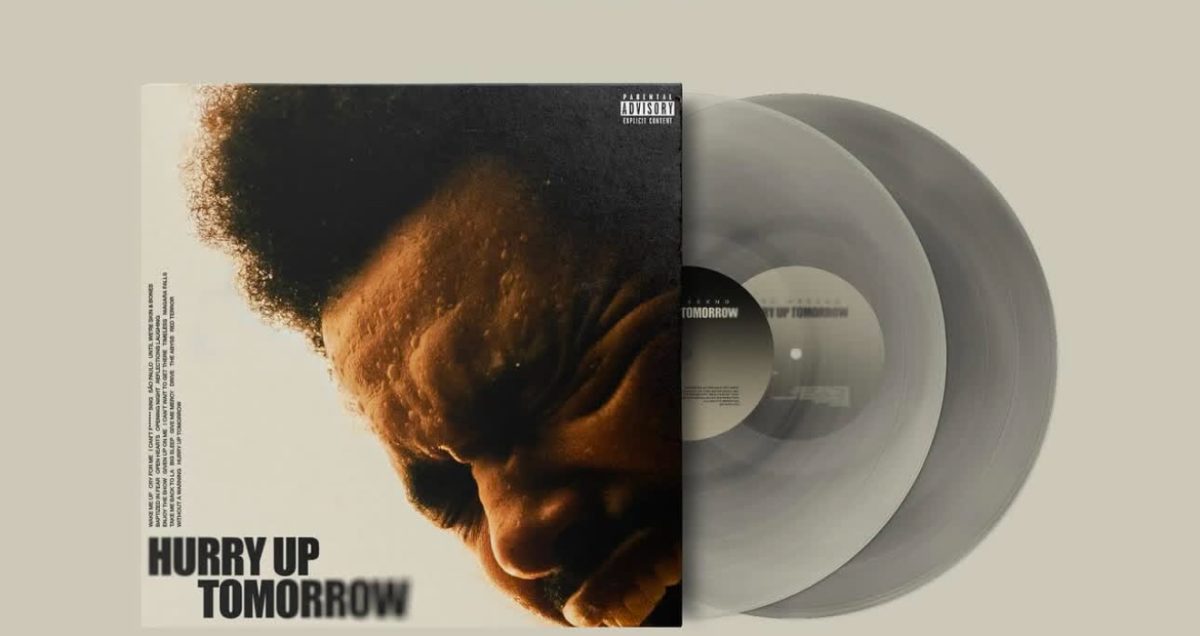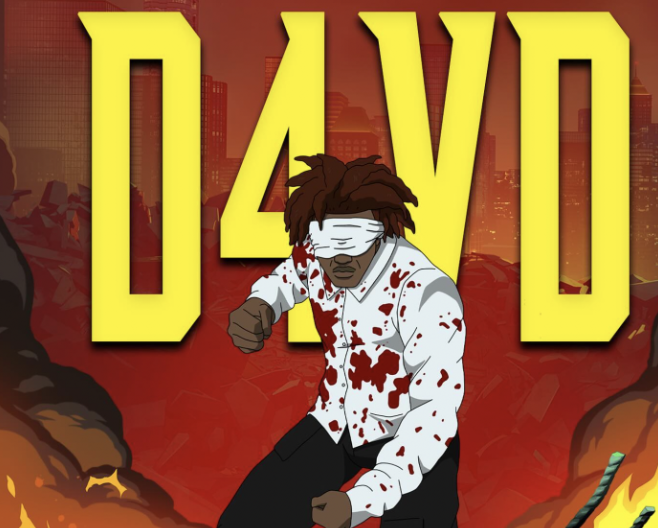What is Latin American Music
The music from the Caribbean, Central America, and South America that speaks Spanish and Portuguese is known as Latin. This music is a varied synthesis of musical traditions with a taste for freedom and experimentation, drawing inspiration from indigenous cultures in the Americas, Africa, and Southern Europe. Rhythm is important in song composition and is the main focus of Latin music. Son Clave and Rumba Clave are two clave types, the most common rhythmic pattern. Each of them has a pulsating driving rhythm perfect for dancing, created by alternating double and triple notes.
Where Did it Originate
Latin American music has its roots in Europe, which imported music from elsewhere during the 16th-century Spanish and Portuguese conquest of the Americas. Spanish, Portuguese, and, to a lesser extent, French are the languages used to perform Latin American music. Latin American music genres have their roots in the United States. For example, Tejano, salsa, New Mexico music, various forms of country-Western music, Chicano rock, and Nuyorican rap have their roots in America.
The Influence of Spanish Music
The world has considerably more style thanks to Spanish music. Spanish dance and music genres like samba and rumba expand our knowledge, but they also infuse our daily lives with a hint of sophistication and attitude. For example, Julio Iglesias or Gloria Estefan perform a song that will make you learn and understand the Spanish dances.
Breaking Down Types of Spanish Music
Tango
Tango used the bandoneón which is a kind of accordion brought over by German immigrants, to highlight its terrible tales of longing and filthy love relationships. At first, tango was frowned upon for its working-class roots. Tango became popular in Europe and the United States during the start of the 20th century. Tango was transformed into a refined art form with jazz and classical influences by singer Astor Piazzolla decades later.
Mambo
In the 1950s, fiery Mambo and swirling chacha reigned supreme. Styles based on traditional Cuban music flourished in the hands of such electric conductors. For example, Mambo artists like Pérez Prado, Tito Puente, Tito Rodríguez, and Machito make Mambo music popular.
Salsa
In the late 1960s, U.S.-based Afro-Caribbean musicians fused dance structures from Cuba with a Puerto Rican sensibility and the influence of American jazz, funk, and R&B. The result was an edgy new genre that took over the world. Salsa-made stars of Johnny Pacheco, Rubén Blades, Celia Cruz, Willie Colón, Eddie Palmieri, and mega-orchestra Fania All-Stars make Salsa popular today. Salsa is one of the most popular music genres around the world.
Rock Salsa
As more and more Dominican immigrants arrived in New York, two of the city’s most sensual styles came to the merengue, which featured syncopated brass harmonies at breakneck speeds, and bachata, which was based on bongo rhythms and spidery guitar riffs. In the 1990s, the singer-songwriter, Juan Luis Guerra, added poetry and verve to both. Famous Artists like Juan Luis Guerra make this genre popular.
Pop Latino
Bilingual pop stars at the turn of the century introduced Latin music to the American audience. Puerto Rican singer-songwriter Ricky Martin, and Spanish singer-songwriter Enrique Iglesias, son of Julio. Also, Colombian singer-songwriter Shakira seamlessly transitions from Spanish to English to create a fusion of pan-Latin rhythm with a pop style. This genre of music today is the most popular today.
Tejano Music
The European immigrants who made their way to Texas after the Mexican Revolution brought with them the harmonica, the polka, and the waltz. Over the next few decades, these rhythms would blend naturally with the rhythms of the mariachi band, the rhythm of the corrido, the rhythms of cumbia, and the rhythms of the jazz, as well as the rhythms of rock’n’roll. One of the most influential women in the genre was Lydia Mendoza, and she was followed by the likes of Flaco Jimenez and La Mafia and the singer-songwriter and actress Selena Quintanilla. In the 1990s, she combined Texan style with pop sensibilities to become the star of the genre, before she was tragically murdered at age 23.
Mexican Music
Mexican music is wealthy in subtlety and energy. Utilizing the enchantment of violins and conventional mariachi trumpets, ranchera tunes describe the stories of upset cherishes and enthusiastic commitment. Hailed by exceptional groups such as Los Tigres del Norte and Los Tucanes de Tijuana, norteña music favors the accordion as its fundamental hero with tense bass sounds and rich concordant vocals. Band music is epic and affected, with luxurious ensembles that incorporate clarinets, tubas, and syncopated percussion.
Reggaeton
Recently, reggaeton captivated the world’s creative energy with Daddy Yankee’s Gasolina, and Luis Fonsi’s Despacito, Panama as of now had an adaptation of reggae that incited the smart singer-songwriter El Common to set up the establishment of this unstable and catchy class. In Puerto Rico, specialists like Tego Calderón, Ivy Ruler, and Wear Omar built upon this foundation—adding a mélange of tropical impacts and mainland U.S. rap—to create modern reggaeton. These days, this beat is a portion of the DNA of Latin music, affecting pop, reggae, bachata, and salsa performers. These Artists make this genre so popular in the Hispanic community and around the world

